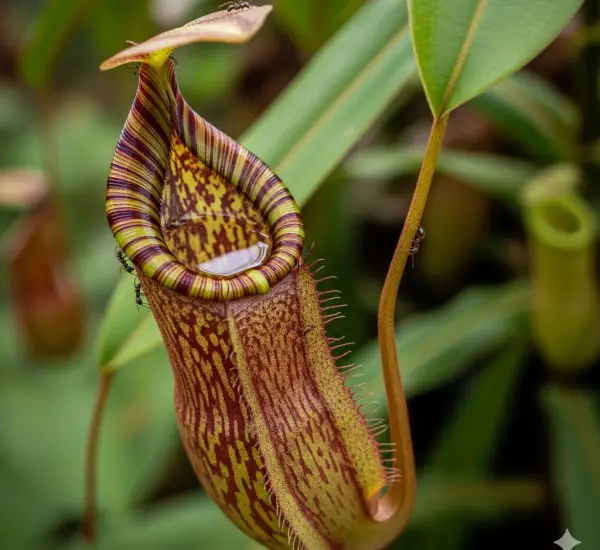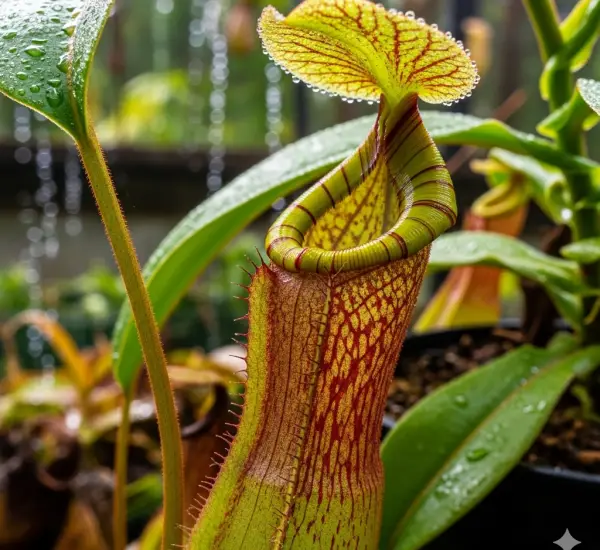Grow Organic Vegetables at Home: A Simple Guide to Fresh, Healthy Produce
Growing organic vegetables at home is one of the most rewarding things you can do for your health, your wallet, and the environment. Whether you have a large backyard or just a few containers on your balcony, you can grow your own chemical-free produce and enjoy the taste and nutrition of truly fresh food.
This guide will walk you through how to get started, what to grow, and how to maintain your organic garden so you can enjoy abundant, healthy harvests right from your home.
Why Grow Organic Vegetables at Home?
Organic gardening means growing vegetables without synthetic pesticides, herbicides, or chemical fertilizers. Instead, it relies on natural methods to build healthy soil and manage pests.
Some major benefits of growing your own organic vegetables include:
-
Healthier food: You control what goes into your soil and onto your plants, ensuring your food is free of harmful chemicals.
-
Better taste: Homegrown vegetables are harvested at their peak and eaten fresh, making them far tastier than store-bought produce.
-
Sustainability: Organic gardening supports biodiversity and reduces environmental impact.
-
Cost savings: Once established, a home garden can produce large quantities of vegetables at a fraction of store prices.
Choose the Right Location
Most vegetables need at least 6 hours of sunlight per day, so pick a sunny spot for your garden. If space is limited, don’t worry—many vegetables grow well in containers, raised beds, or even vertical gardens.
Make sure the area has good air circulation and drainage, as waterlogged soil can lead to root rot and disease.
Prepare the Soil Organically
Healthy soil is the foundation of organic gardening. Enrich your soil with:
-
Compost: Use kitchen scraps, garden clippings, and other organic waste to create nutrient-rich compost.
-
Manure: Aged cow, chicken, or horse manure adds essential nutrients.
-
Natural amendments: Mix in ingredients like crushed eggshells for calcium, banana peels for potassium, and wood ash for phosphorus.
Avoid chemical fertilizers. Organic soil should be loose, dark, and rich in organic matter. You can also purchase certified organic potting mix for containers.
Choose Easy Organic Vegetables to Grow
Start with vegetables that are low-maintenance and produce reliable yields:
-
Leafy greens: Lettuce, spinach, kale, and Swiss chard grow quickly and can be harvested multiple times.
-
Tomatoes: A garden favorite; grow well in pots or beds.
-
Radishes: Fast-growing and great for beginners.
-
Carrots: Best in loose soil; choose smaller varieties for containers.
-
Green beans: High-yielding and good for trellising.
-
Cucumbers and zucchini: Great in raised beds or large pots.
-
Peppers: Require warmth and sun, but produce abundantly.
-
Herbs: Basil, parsley, coriander, and mint are excellent companion plants and pest deterrents.
Choose organic or heirloom seeds whenever possible. Avoid genetically modified or chemically treated seeds.
Organic Pest and Disease Control
Instead of synthetic pesticides, use natural and preventative methods:
-
Neem oil or garlic spray to deter common pests like aphids, whiteflies, and beetles.
-
Companion planting: Pair plants like marigold, basil, or garlic with vegetables to repel insects.
-
Physical barriers: Use mesh, nets, or row covers to protect young plants.
-
Manual removal: Handpick pests like caterpillars or slugs in the early morning or evening.
A healthy, well-balanced garden will naturally attract beneficial insects like ladybugs and bees, which help keep pests in check and support pollination.
Watering and Maintenance
Water deeply but infrequently to encourage deep root growth. Early morning is the best time to water, allowing plants to dry off during the day and reducing the risk of disease.
Mulching with straw, dried leaves, or grass clippings conserves moisture, suppresses weeds, and maintains even soil temperature.
Weed regularly, as weeds compete with vegetables for nutrients and water. Avoid chemical herbicides—hand-pulling or using simple tools is often enough.
Harvesting and Replanting
Harvest vegetables when they’re young and tender for the best flavor. Many crops like lettuce, kale, and herbs allow for cut-and-come-again harvesting, so you can enjoy multiple harvests from a single plant.
After harvesting, replenish the soil with compost and rotate crops to maintain soil health and prevent diseases.
Indoor and Small-Space Organic Gardening
If you don’t have outdoor space, many vegetables can be grown indoors near a sunny window or under grow lights. Containers, hanging baskets, and vertical gardens are great options for maximizing small areas.
Make sure containers have proper drainage and use organic potting soil. Herbs, lettuce, radishes, and even cherry tomatoes do very well in indoor settings.
Final Thoughts
Growing organic vegetables at home is a fulfilling way to nourish your body, protect the environment, and reconnect with nature. It doesn’t require a large space or special tools—just a little care, patience, and the willingness to get your hands dirty.
Whether you’re planting in a backyard garden, balcony containers, or kitchen windowsill, the result is the same: fresh, safe, and flavorful food that you grew yourself. So start small, grow what you love to eat, and enjoy the many benefits of your own organic vegetable garden.




